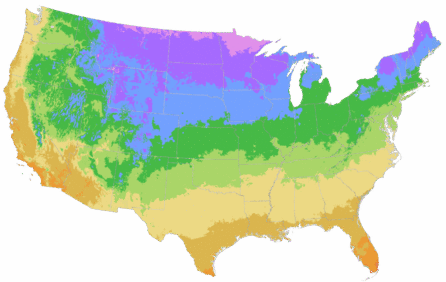You're growing in this Zip Code:
Change LocationDiscover Plants for Your Area
Baby Rita Prickly Pear
Opuntia x basilaris 'Baby Rita'
Retailers Near You
No Retailers found within 100 miles of your zipcode
Be Inspired: How to Use this Plant
| Bloom Time | Spring |
|---|---|
| Deciduous/Evergreen | Evergreen |
| Special Features | Dramatic Foliage Color, Easy Care, Waterwise, Non-toxic to Cats and Dogs, Compact Form |
| Problems/Solutions | Deer Resistant, Rabbit Resistant, Drought Tolerant, Tolerates Urban Pollution |
| Growth Rate | Slow |
| Flower Attributes | Showy Flowers |
| Landscape Use | Barrier, Container, Houseplant |
| Flower Color | Pink |
| Companion Plants | Agave (Agave); Sedum (Sedum); Rock Rose (Cistus); Aloe (Aloe); Hens & Chicks (Sempervivum); Red Yucca (Hesperaloe) |
| Care Instructions | Grows easily in average to lean, rocky, unimproved, fast-draining soils with low moisture. Water regularly during the first growing season to establish root system, allowing soil to become fairly dry between intervals. Once established, reduce frequency; tolerates drought. Avoid excess winter moisture. Fertilize sparingly in spring. |
| Lore | Prickly pear cactus has been a staple of the Mexican and Central American diet for thousands of years. In parts of the U.S. it has been gaining popularity as an exotic, gourmet and healthy addition to one's diet. The prickly pear plant has three different edible sections: the pad of the cactus (nopal), which can be treated like a vegetable, the petals of the flowers, which can be added to salads, and the pear (tuna), which can be treated like a fruit. |
| Bloom Time | Spring |
|---|---|
| Deciduous/Evergreen | Evergreen |
| Special Features | Dramatic Foliage Color, Easy Care, Waterwise, Non-toxic to Cats and Dogs, Compact Form |
| Problems/Solutions | Deer Resistant, Rabbit Resistant, Drought Tolerant, Tolerates Urban Pollution |
| Growth Rate | Slow |
| Flower Attributes | Showy Flowers |
Retailers Near You
No Retailers found within 100 miles of your zipcode
Retailers Near You
No Retailers found within 100 miles of your zipcode
Buy Online
We cannot currently ship this product to your zip code.
About Us
We have been pioneers and craftsmen in the art of growing plants for nearly
100 years. Since our founding in Southern California by Harry E. Rosedale, Sr.
in 1926, we have been absolutely dedicated and obsessed with quality.
We have been pioneers and craftsmen in the art of growing plants for nearly 100 years. Since our founding in Southern California by Harry E. Rosedale, Sr. in 1926, we have been absolutely dedicated and obsessed with quality.







